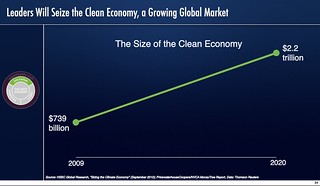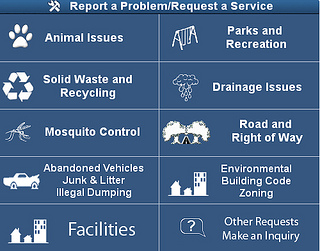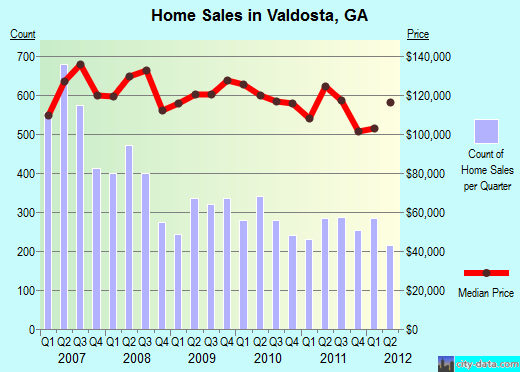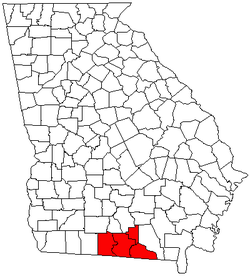Amy Liu spoke about globalization last week in Orlando,
 about clean industries leading economic growth.
Even though she was talking linear growth,
her Metropolitan Policy Program at Brookings Institution
has some interesting points that mesh with the exponential growth like compound interest
Georgia can get on with in solar and wind power.
about clean industries leading economic growth.
Even though she was talking linear growth,
her Metropolitan Policy Program at Brookings Institution
has some interesting points that mesh with the exponential growth like compound interest
Georgia can get on with in solar and wind power.
The Florida Economic Development Council 2013 FEDC Conference 26-28 June 2013 was the venue for Amy Liu’s A Globally Competitive Florida: Regional Opportunities in the Next Economy. To summarize her slides (which are in a format not easily linkable, she bashes Congress to motivate cities leading. In particular, Florida’s 20 metro ares have 61.75 of land area, 94.1% of population, and 95.9% of output. Nothing surprising there: cities are densely populated. Two of the biggest in Florida are in our Floridan Aquifer: Orlando and Jacksonville. (She didn’t mention the aquifer; I did.)
The national economic recovery is slow, the middle class has been hard-hit, and Florida is recovering faster, except on unemployment. The U.S. population is rapidly getting older and by 2050 53.7% will be minorities, each of which have very different educational achievements, and much of this is happening in metro areas.
 Her solution is Continue reading
Her solution is Continue reading





